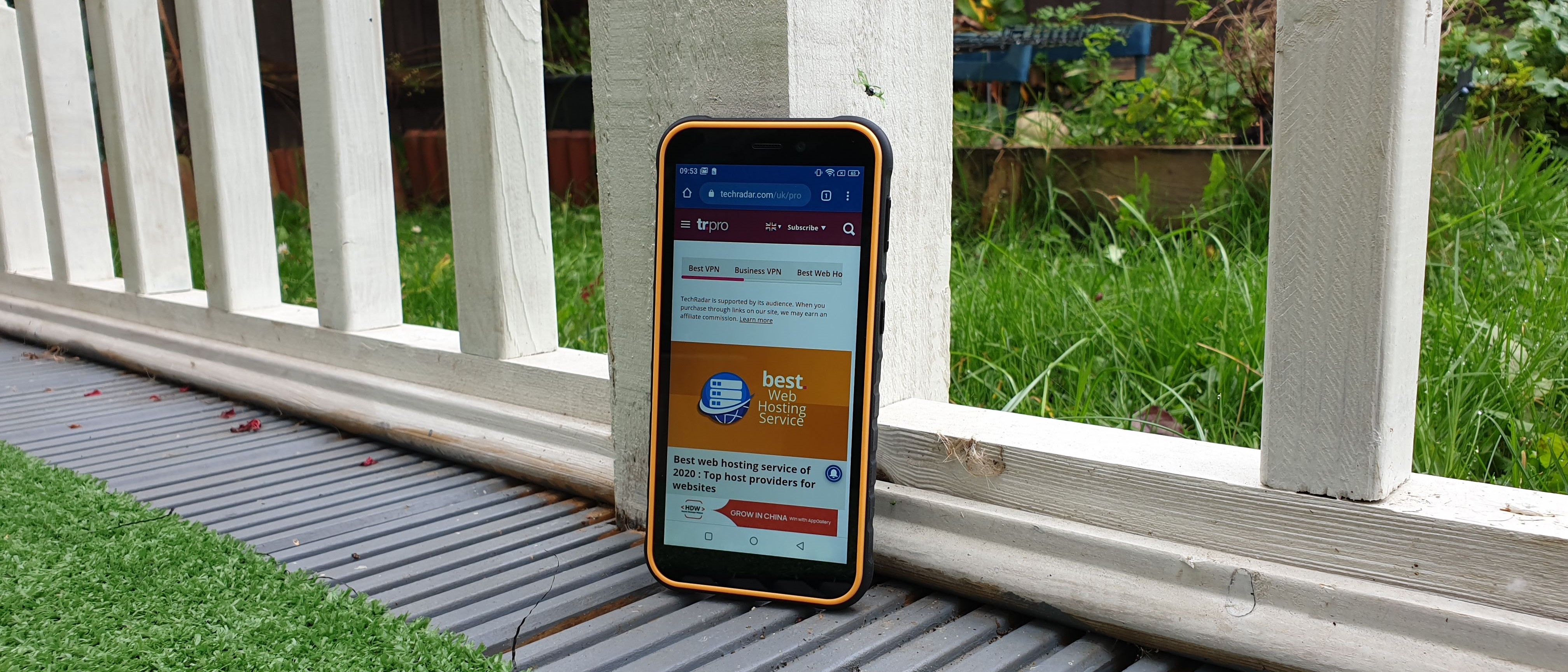TechRadar Verdict
The Ulefone Armor X8 sets the tone in late 2020 for what defines the baseline model for the entry level market. Ulefone’s latest entry is well priced and delivers on the whole despite some weak performance numbers.
Pros
- +
Oleophobic screen
- +
Audio port
- +
Relative big battery
- +
Relatively affordable
- +
NFC
- +
Android 10 stock
Cons
- -
Poor relative performance
- -
Poor cameras
- -
No OTG despite generous battery life
Why you can trust TechRadar
Ulefone’s latest device is a value proposition; the Armor X8 rugged smartphone is a far cry from the Armor 9 that we tested earlier this year. The new kid on the block goes back to the basics to deliver a solid, if basic, tough smartphone.
Things are heating up at the lower end of the outdoor handset market based on the fact that we’ve witnessed a few new releases lately that target the price sensitive bargain hunting crowd, who let’s be honest, represent a sizable proportion of the total addressable market.
Availability and price
Available in black or yellow colour schemes, the Ulefone Armor X8 sells for $119.99 from Banggood, shipping directly from mainland China.
- Want to buy tech from online Chinese retailers? Read this first.

Design and features
There’s a front facing 8-megapixel selfie camera in the front and three rear cameras above a fingerprint sensor. Ulefone designers opted for a back-to-basics design, going back in time with a yellow rim around the front screen which, despite not being fully oleophobic, is not as much as a fingerprint magnet as some may fear.
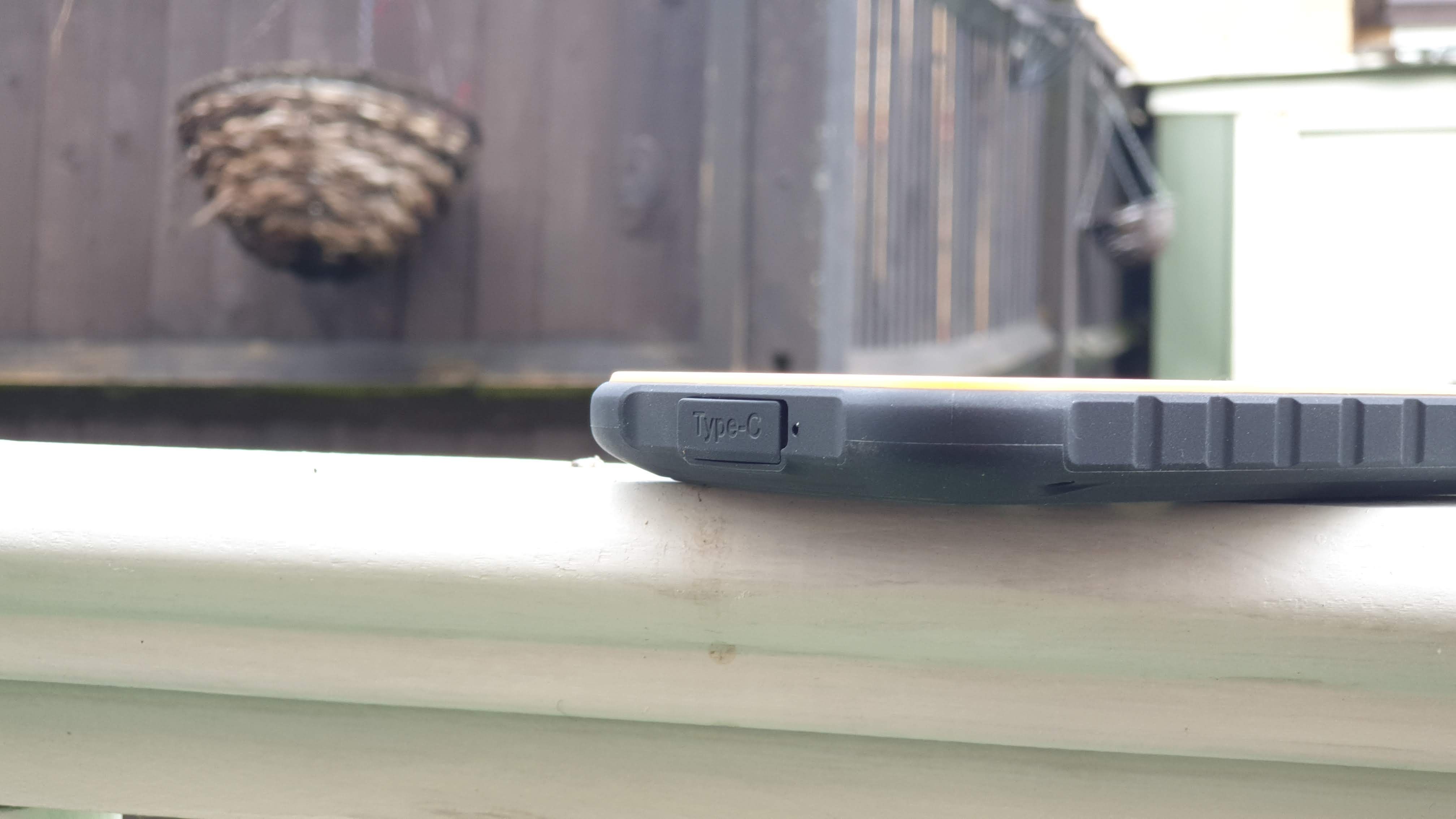
That raised yellow border protects the display from falls, and so does the presence of round corners, reinforced by rubber material. Indeed the entire smartphone is covered with rubber - bar the screen - with a 3.5mm audio jack and the Type-C connector hidden behind gaskets.
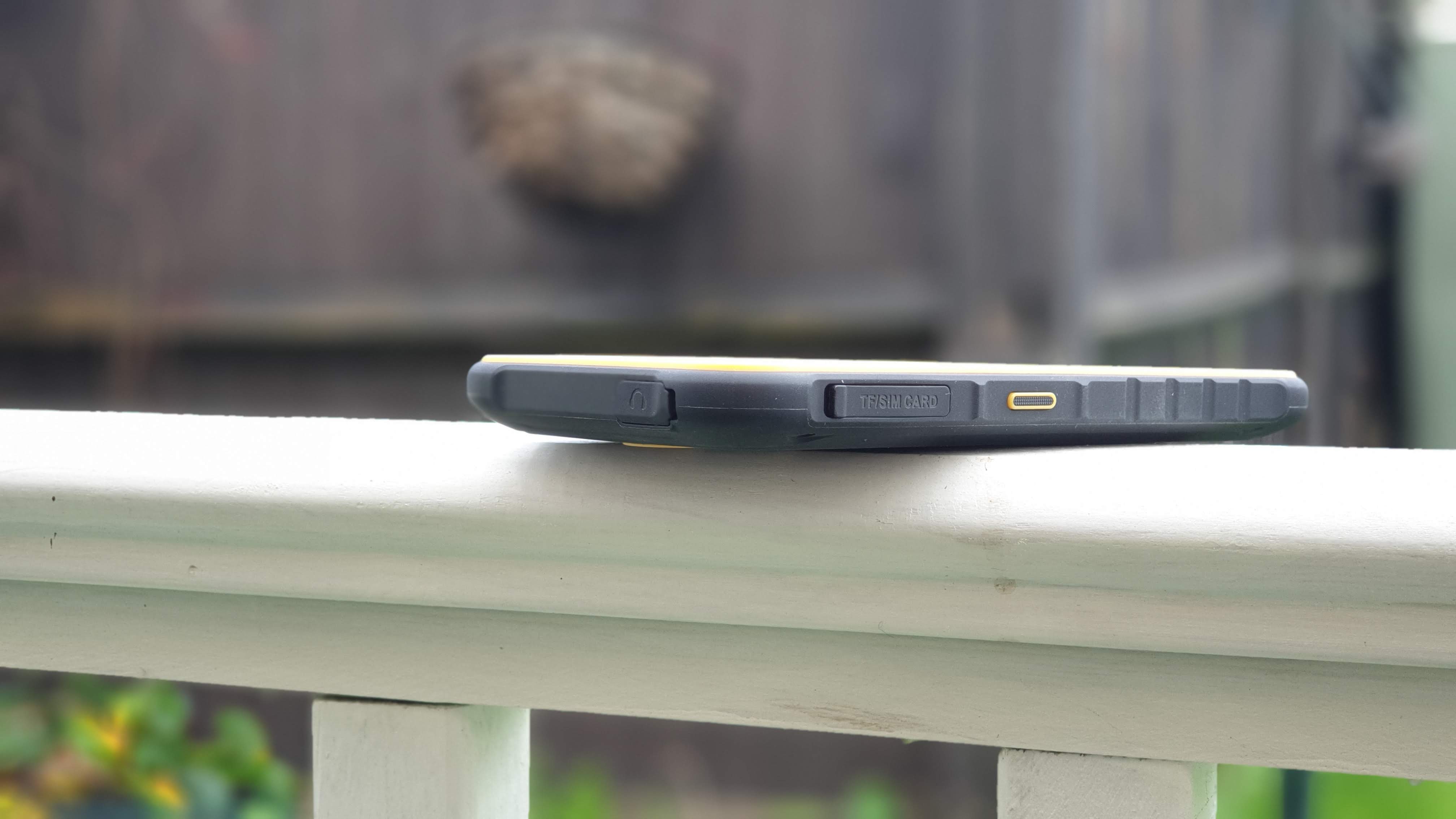
On one side of the phone are located the SIM card/memory card tray plus a dedicated customizable button while on the other is a volume rocker and the power button. Note that it doesn’t offer dual SIM and microSD as a standard feature.
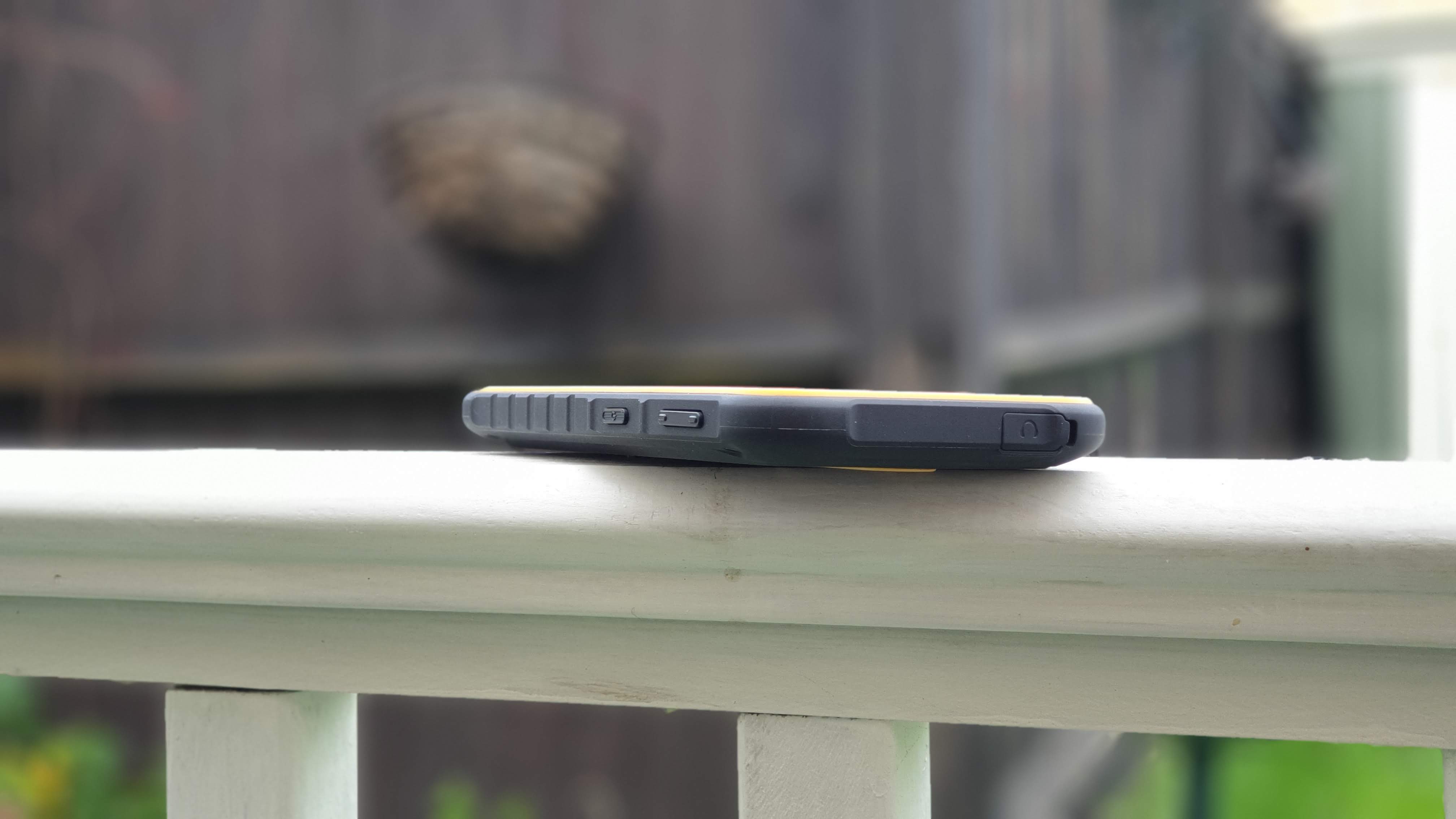
As expected, this is an IP68-rated handset (and IP69K and MIL-STD-810G) which makes it ideal for outdoor use cases, when handled by field workers and expected to be knocked around or dropped on the floor. You should also be able to operate it with gloves on without issues.
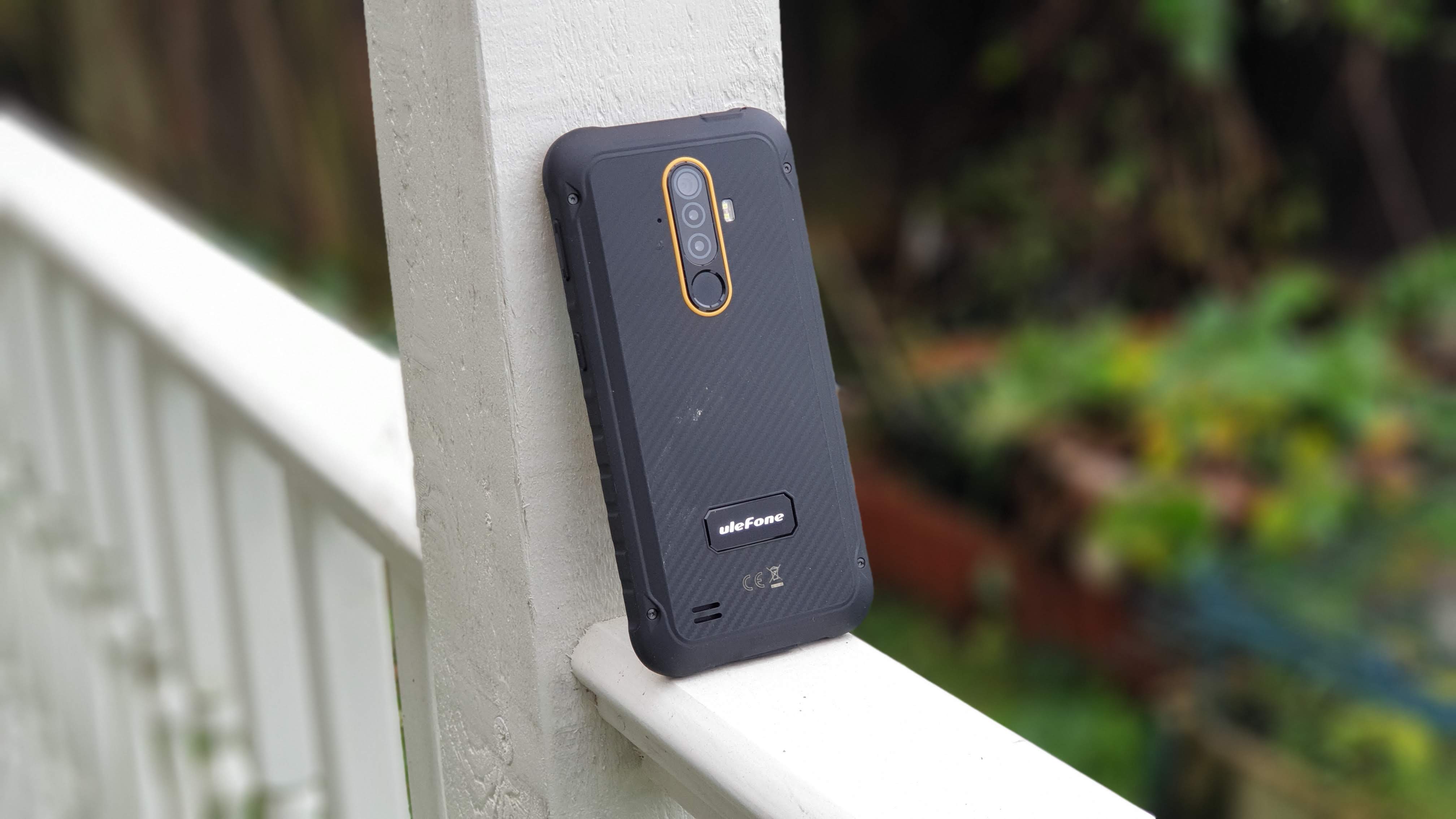
Hardware specs
The Ulefone Armor X8 that was shipped to us came with the following hardware:
CPU: Mediatek Helio P22
GPU: IMG PowerVR GE8320
RAM: 4GB LPDDR4x
Storage: 64GB
Screen size: 5.5-inch
Resolution: 1440 x 720 HD+
Weight: 256.3g
Dimensions: 160.3 mm x 79 mm x 13.8 mm
Rear camera: 12MP, 2MP, 2MP
Front camera: 8MP
OS: Android 10
Battery: 5.08mAh
When designing any product, you usually have a budget, the bill of materials, to contend with. In the case of the X8, Ulefone focused on getting the basics right; that meant an 8-core processor (the Mediatek Helio P22), 4GB system memory, 64GB onboard storage, enough to run the stock Android 10 operating system. Add in NFC, Bluetooth 5.0, Wi-Fi 5 and a larger-than-expected 5,080mAh and you have a handset that’s seemingly built to last.
There are some corners cut though like the 5.7-inch HD+ 18:9 display and the main 13-megapixel rear camera - flanked by two other 2-megapixel complementary sensors - is just good enough, barely adequate in 2020, let alone 2021.
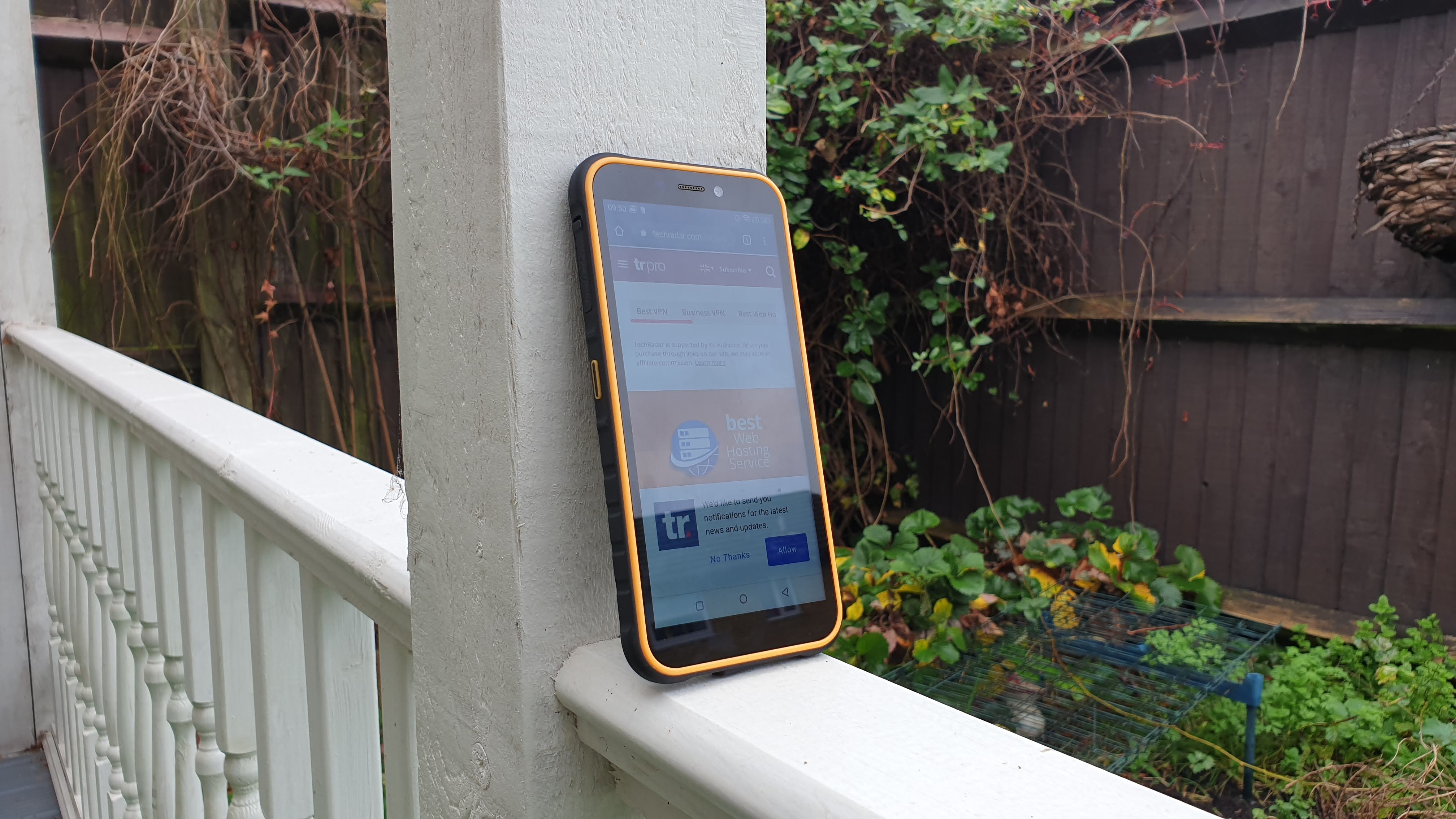
Performance and in use
This is how the Ulefone Armor X8 performed in our suite of benchmark tests:
Geekbench: 146 (single core); 809 (multi core)
PCMark (Work 2.0): 4848
Passmark: 3031
Passmark CPU: 8224
Androbench (sequential): 275.87 (sequential read); 138.76 (sequential write)
Androbench (random): 36.61 (random read); 11.48 (random write)
3DMark Slingshot: 700
3DMark Slingshot Extreme: 388 (OGL)
HWBot Prime: 4237
The device comes with stock Android 10 OS, which should in theory make updates easier to roll out. Since this is a Mediatek-powered device, it does include (a) Children Space which creates a secondary, temporary account with access to specific app, optional mobile data and duration period (b) Duraspeed which allows the user to optimize apps that run in the background and (c) an “outdoor toolbox” kit that includes a number of useful applications including a sound meter and a magnifier.
When it comes to sheer numbers, the X8 produced some of the lowest numbers we’ve seen on a smartphone sporting an eight-core processor. That’s not to say that it’s abysmal, just that it is not as fast as others. That goes for the popular Geekbench benchmark suite as well as for PCMark and Passmark.
Overall, the Ulefone Armor X8 was a treat to use, should your requirements be reasonable. The relatively low resolution screen was not a particularly big issue for us and the body of the X8 is shaped in such a way that it is comfortable to use even with one hand.
Buy it if
You need a rugged, solid smartphone. We haven’t tested it to the extreme but Ulefone makes good sturdy handsets so expect this one to be a fairly resistant and resilient model. Just don’t charge it when it is still wet.
You’re looking for a bargain. At just under $150, you will find it hard to get hold of a similar-specced rugged smartphone for the same dough. Bear in mind though that there are quite a few competitors in this price range from Doogee (the S55C) and from Oukitel itself (the X5 Pro).
You want something fairly compact. At 166 x 81.8 x 15mm for a weight of 206g, it is sufficiently small to be carried around in one’s back pocket. In fact, it’s likely to be smaller than most normal smartphones that have an extra protective case.
Android 10 is top of your list. The tenth edition of Android promises a slew of new features and improvements that can only make a rugged smartphone better, especially as this one comes without any customized user interface. Just a stock OS.
Don’t buy it if
You want something powerful. The X8 is perfectly usable but a powerhouse it is not. It’s not even trying for what it’s worth. The octacore processor surprised us by its lack of oomph and ambition. With 4GB of memory and 64GB storage though, you should be ready for at least one more firmware update
You’re craving for a photographic powerhouse. The pitiful quality of the main sensor (13-megapixel) combined with two low-resolution camera sensors are woefully inadequate even for an entry level model. The quality of the photos produced by them are objectively poor especially in the dark.
You require a bulletproof after sales service. Oukitel (and most other smaller smartphone vendors) are not Samsung or Google, they don’t have the financial clout to provide the level of support to match the latter.
- We've also highlighted the best rugged smartphones

Désiré has been musing and writing about technology during a career spanning four decades. He dabbled in website builders and web hosting when DHTML and frames were in vogue and started narrating about the impact of technology on society just before the start of the Y2K hysteria at the turn of the last millennium.
